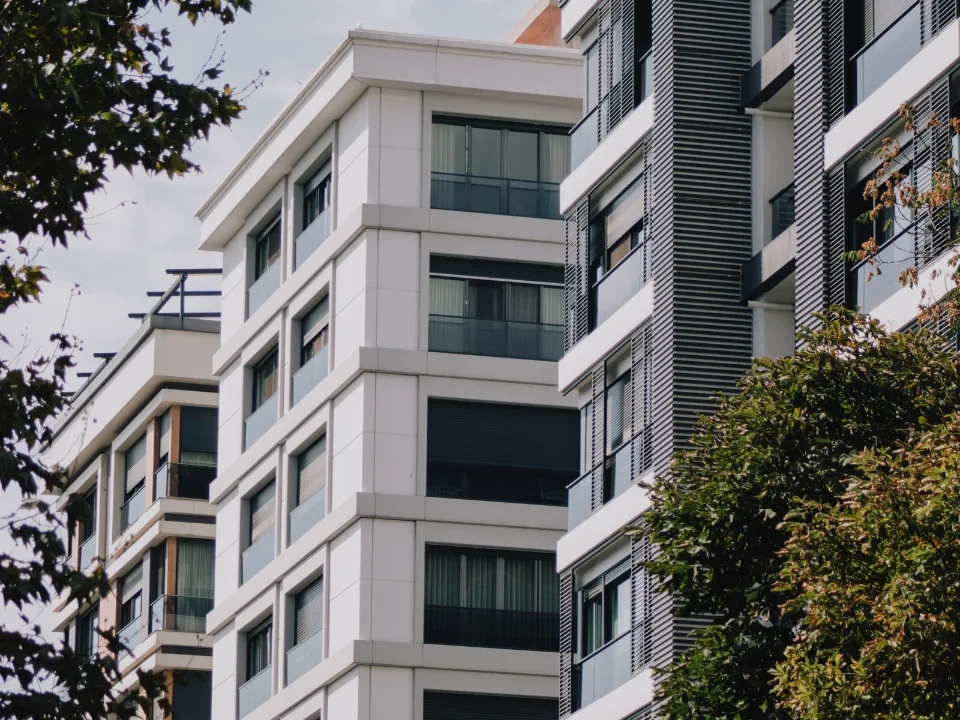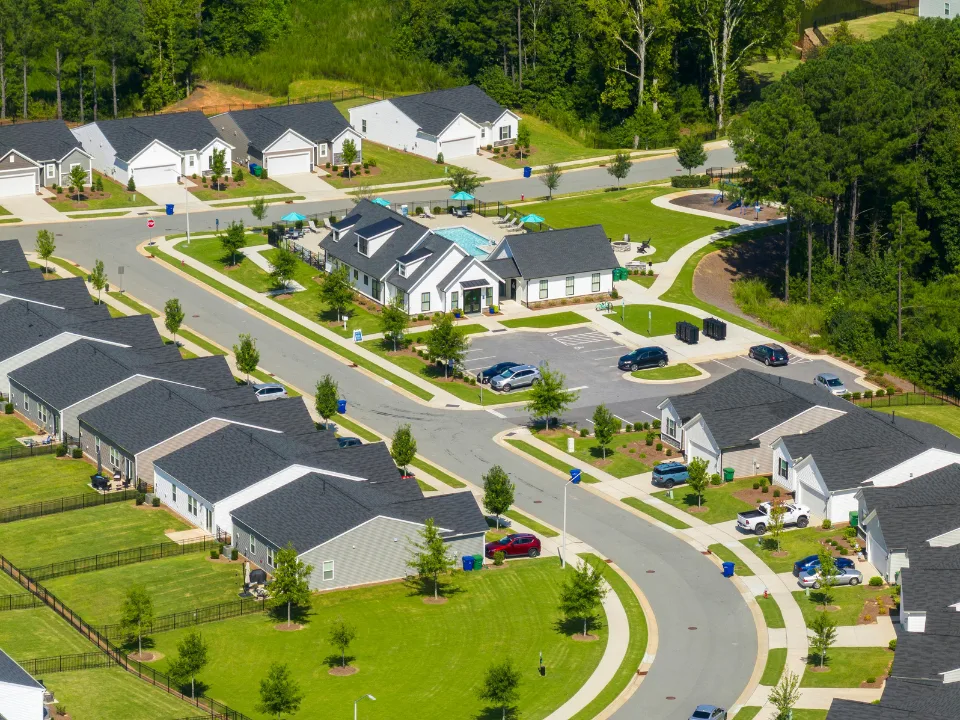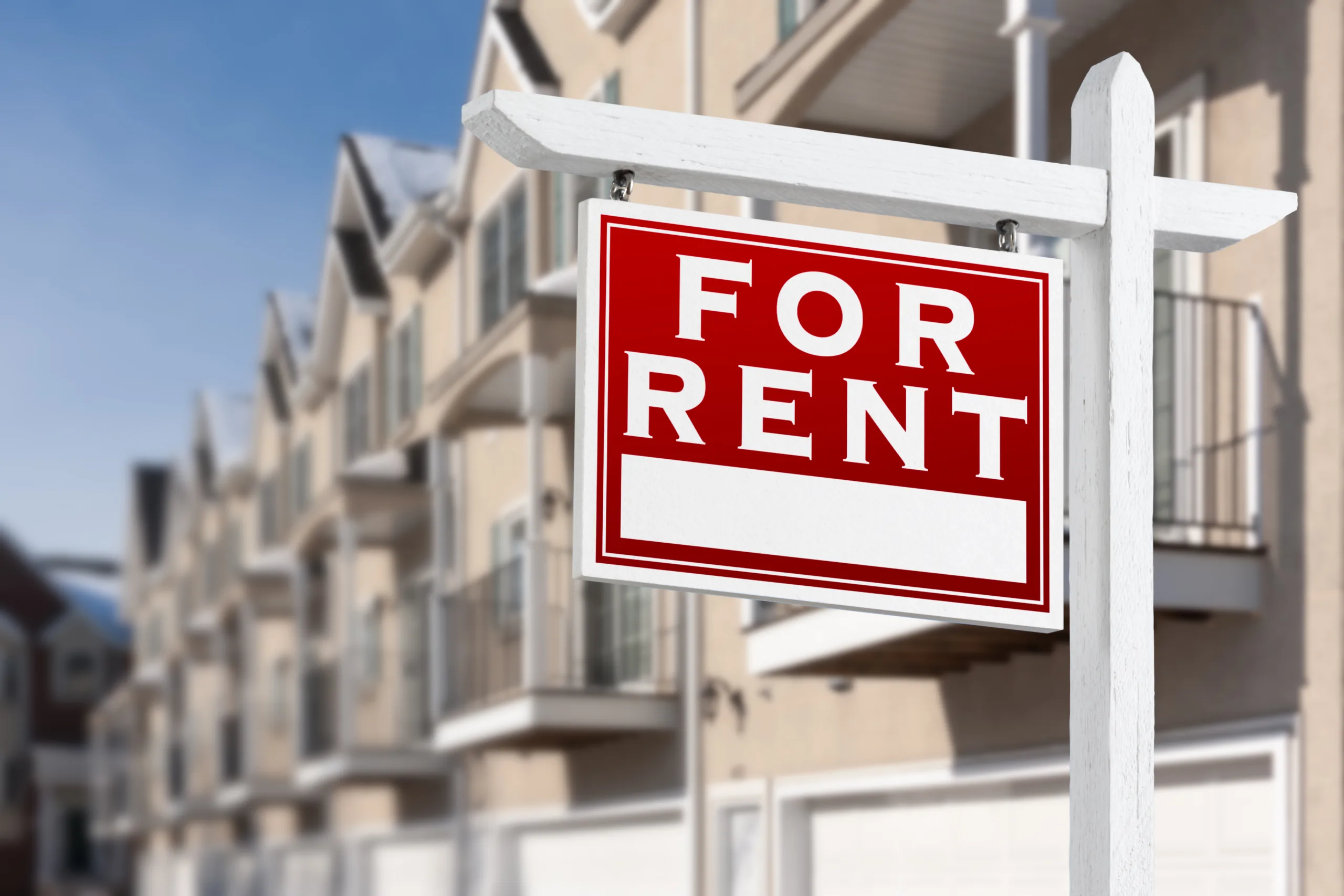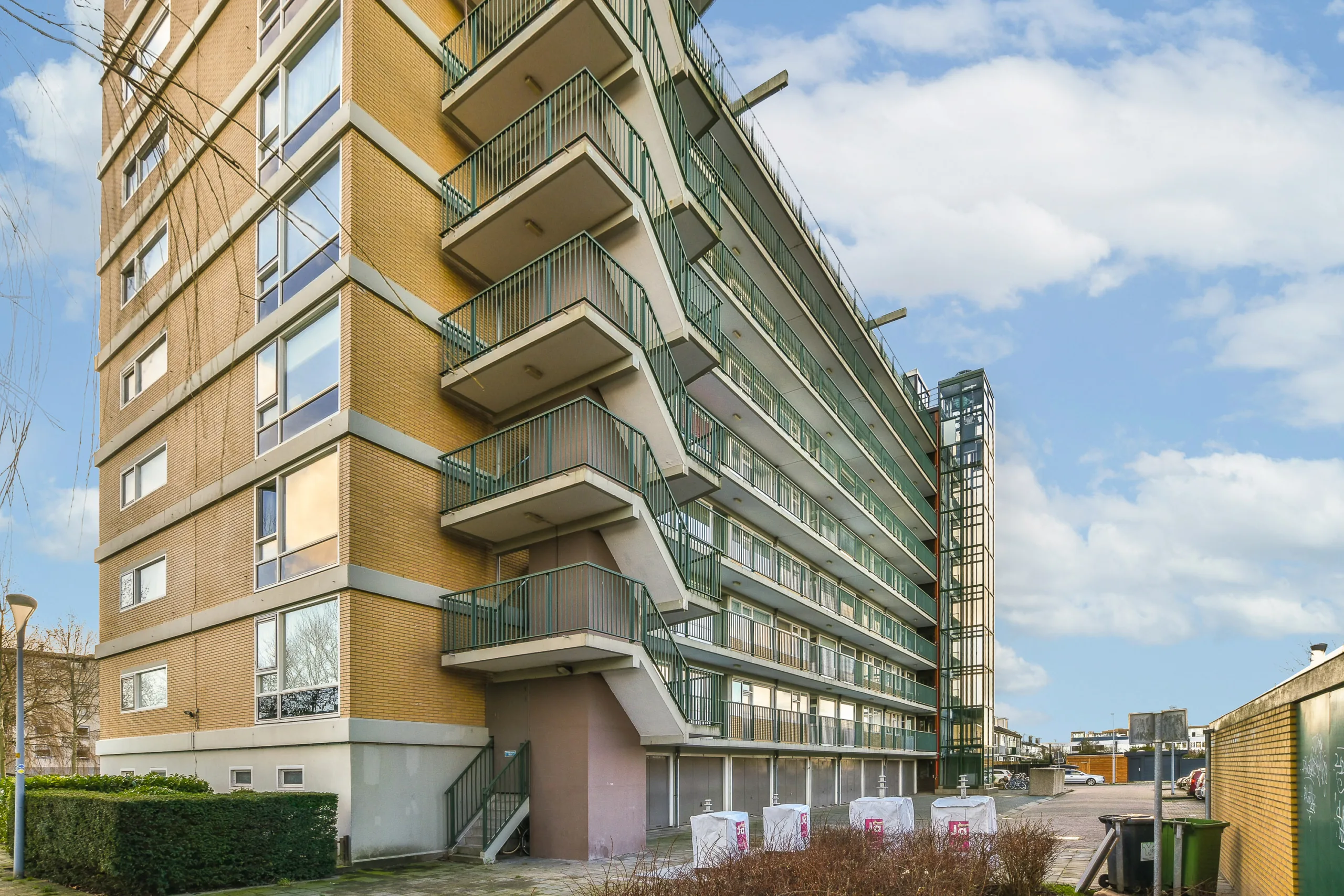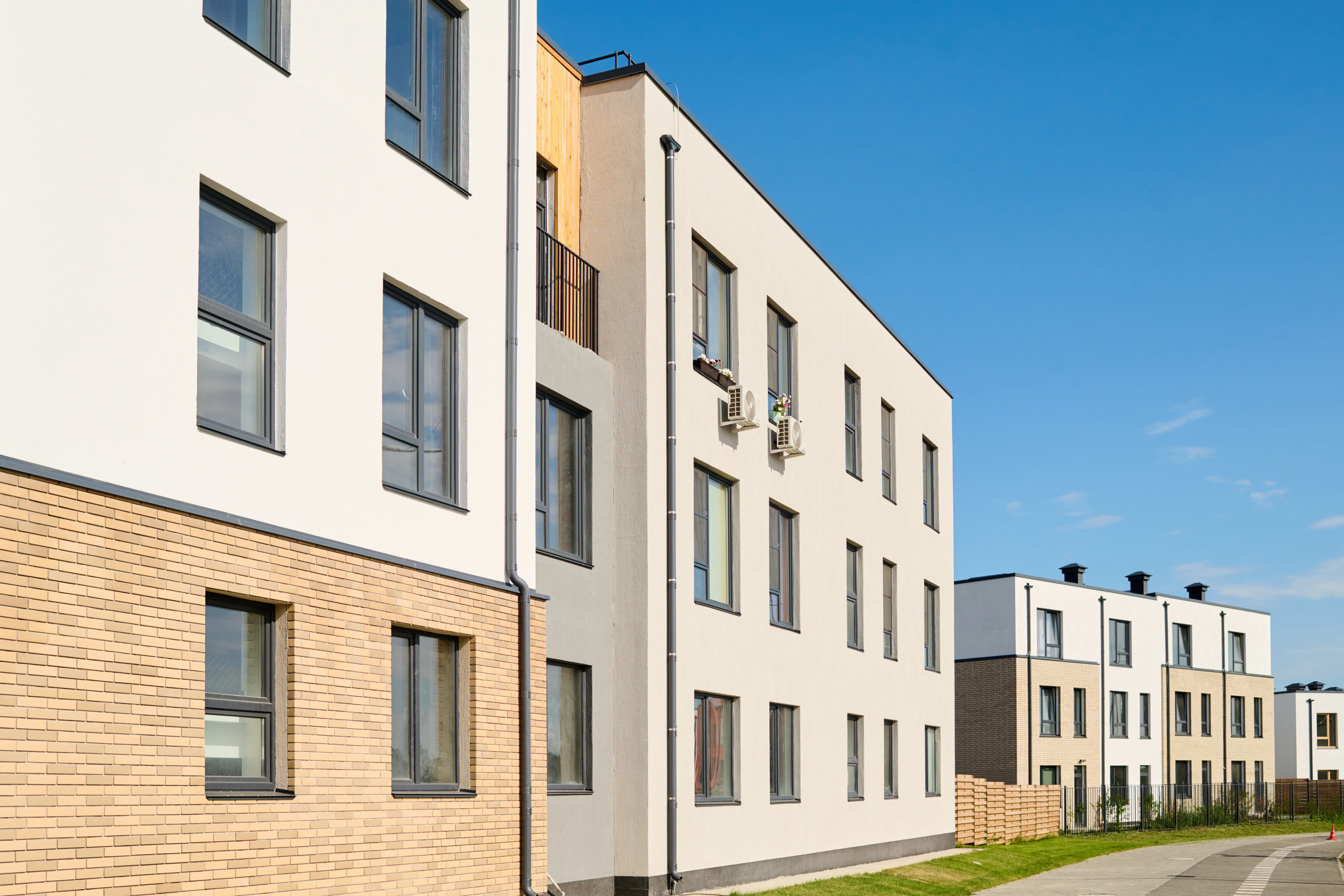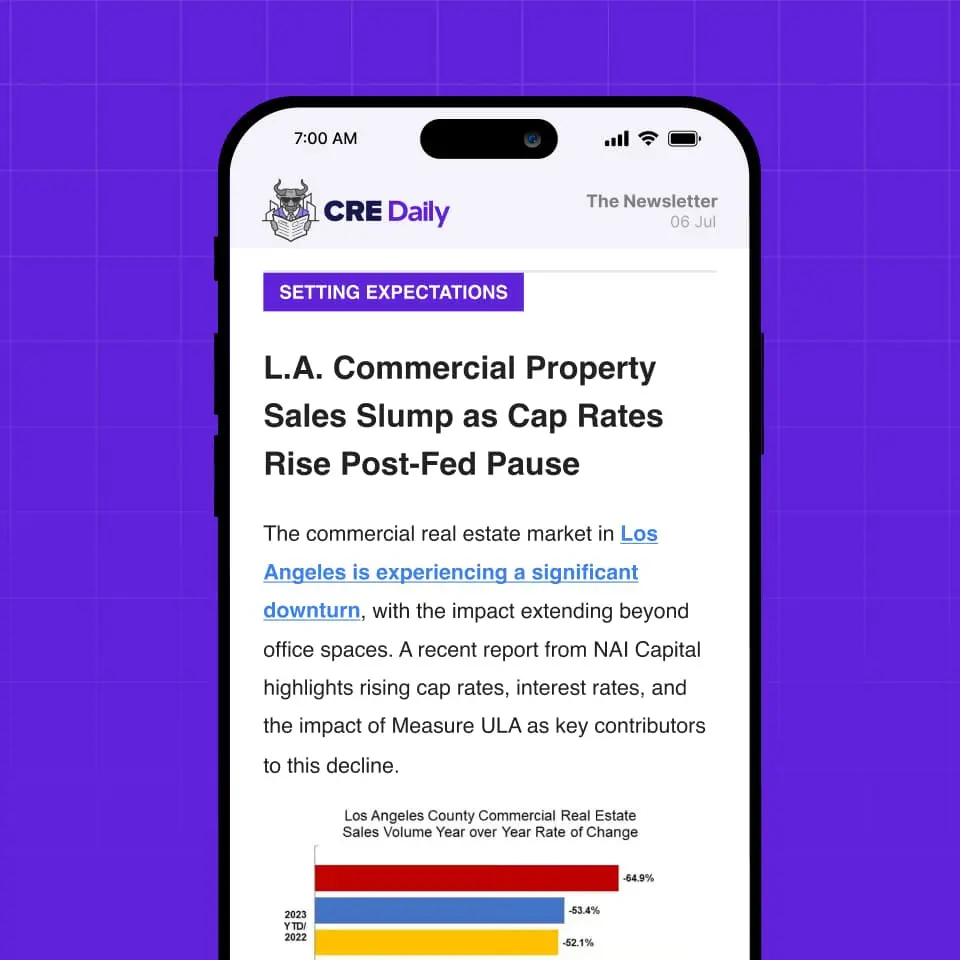Build-to-Rent (BTR) housing has experienced rapid growth since the COVID-19 pandemic, becoming one of the hottest niches in real estate. Tapping into the changing preferences of Millennials and Gen Z renters, as well as the growing affordability gap between owning and renting, BTR communities offer a homeowner-like experience in desirable locations around the country.
For investors, the segment offers attractive returns and flexible exit options. However, while similar, BTR has notable differences from traditional multifamily and single-family rental (SFR) markets, underscoring the importance of BTR operators selecting the right lender when financing projects.
A subsector emerges
The BTR market first emerged as a natural evolution of the SFR market. Following the Great Recession, as home foreclosures surged, institutional investors began purchasing distressed homes to convert them into rental properties. Soon, major players like Invitation Homes and American Homes 4 Rent had firmly established themselves in the SFR market, with portfolios of tens of thousands of homes across the country. This marked a major turning point in the market, which mom-and-pop landlords had historically dominated.
BTR gains ground
Fast forward to 2020, when the pandemic led to a significant shift in where and how Americans work. Offices across the nation emptied, and millions of workers suddenly found themselves working remotely. With no commute tying them to a metro area, many relocated to suburban areas with more space and amenities. This helped fuel demand for single-family home rentals, and more companies began developing ground-up communities of single-family homes for rent, or BTR.
Historically, SFR owners had scattered site portfolios, with homes located across various regions where they operated. With BTR, entire communities are planned and built simultaneously, often featuring shared community amenities, and managed by a single company. It’s a framework very similar to traditional multifamily, which is why BTR is frequently referred to as a “hybrid” of the SFR and multifamily sectors.
Purpose-built communities with distinct advantages
Although SFR homes and BTR properties might appear similar, several key factors set them apart. For one, BTR homes are almost always newer than SFR properties; according to CBRE, one-quarter of all BTR properties were built in the last three years. Furthermore, BTR developments are designed as cohesive communities, typically consisting of 50 or more homes or townhomes, while SFR homes tend to be scattered throughout a particular region.
Homes in the BTR sector are typically owned by investors and professionally managed, often with shared community amenities and an on-site leasing office, similar to traditional multifamily properties. Location is essential when building BTR communities, as they are typically developed in less dense, suburban locations outside urban centers. These suburban settings often offer advantages such as access to better school districts, private yards, and attached garages—features that appeal to families and long-term renters.
Designed for today’s renters
One of the defining characteristics of BTR homes is that they do not have neighbors above or below them. BTR homes are larger than traditional multifamily units, and most include outdoor space. Single-family detached and townhome BTR properties range between 1,500 and 2,000 square feet, according to CBRE. In addition to featuring high-quality finishes and being built with durable materials, ceiling heights are generally higher, and units often have more windows than most multifamily apartments.
BTR homes also appeal to renters by choice—those who may be able to buy a home but opt to rent instead. With housing affordability at historic lows, these professionally managed, amenity-rich communities offer a compelling alternative to homeownership.
Leading lender
As BTR is still a relatively new real estate sector with its own particular nuances, financing BTR developments can be a complex process. The long-established multifamily sector is dominated by agency lenders. Especially for Fannie and Freddie, the goal as lenders is to finance affordable housing and improve the country’s housing stock. Given how nascent the BTR industry is, traditional lenders look at the segment differently.
With the hybrid nature of BTR—part single-family, part multifamily—agencies aren’t sure which bucket to put it in. At LendingOne, a leading BTR direct lender that has operated in the space since the sector’s earliest days, we have a unique perspective and understanding of the nuances of BTR projects. As a specialized lender, LendingOne only works in the SFR and BTR space.
Flexible BTR financing
As one of the first SFR lenders, our firm understands that BTR clients require flexibility, which is often difficult to obtain with agency lenders that are programmatic in their approach. For example, in multifamily development, the entire building must be finished before leasing begins. But in BTR, homes can be leased as soon as a unit is completed, even before the entire community is finished, creating a much different equation for financing.
Unlike agency lenders that have a limited toolkit, LendingOne has a deep understanding of the market and a robust toolkit that enables us to get creative in helping clients structure deals, including offering permanent financing and interim or bridge financing, as well as aggregation facilities, term limit products, and even a hybrid product of the two.
BTR’s bright future
The Build-to-Rent sector clearly stands apart, presenting unique opportunities and challenges for investors. Its rapid ascent, driven by shifting renter preferences and evolving market dynamics, demands a specialized approach to financing. As the BTR landscape continues to grow and mature, partnering with a lender who shares this deep understanding and commitment to the sector’s nuances, as we do at LendingOne, is paramount for turning these innovative communities into successful ventures.
